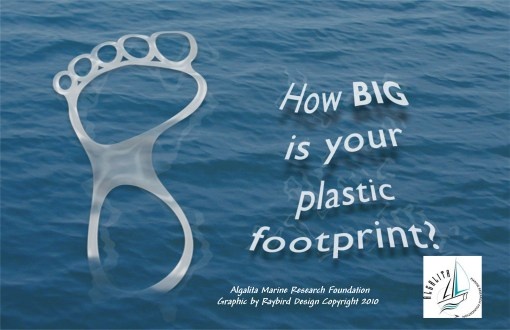ASTM International will soon release its new standard, ASTM D7991, on test methods for determining aerobic biodegradation of plastics in marine environments. The tests will provide ways to simulate how plastics degrade in seawater-soaked sand. It will provide specific test methods that determine biodegradation rates in different marine habitats simulated in laboratories. Such tests will help establish parameters to develop plastics that ensure faster biodegradation. The standard will also advance the understanding of biodegradation when unexpected or uncontrolled releases of plastics occur.
According to ASTM, the recent discovery of major contamination in the oceans has heightened interest in the biodegradability of plastics.
All interested parties are invited to join in the standards developing activities of Subcommittee D20.96 on Environmentally Degradable Plastics and Biobased Products. In addition, the subcommittee is also working on proposed standards for biodegradation in soil.
Nova Institut also recently released a new study on microplastics in marine environment on behalf of the German Federal Environment Agency. Initial estimates indicate that each year, between 6% and 10% of global plastics production ends up as marine litter. For Europe, this is equivalent to 3.4-5.7 million tons of plastics that are source of microplastics.
Experts draw a distinction between primary and secondary microplastics. Secondary microplastics are the result of the degradation and fragmentation of larger plastic pieces, and are caused, for instance, by fibres being washed out of clothing, or by tyre abrasion in road traffic. Primary microplastics, on the other hand, are manufactured directly in microscopic size and used for the industrial production of many consumer goods. These include microplastics used in cosmetics, detergents and cleaning products and other applications such as blast cleaning of ship hulls in dockyards.
Nova Institut estimates that a total of around 500 tons/year of of PE microparticles are used in Germany each year in product groups such as shower gels and liquid soaps; cleansers for body care; skincare and sun protection products; dental hygiene products; and other bodycare articles. Primary microplastics are also used as abrasive beads in detergents and maintenance products or as blasting abrasives in surface cleaning; as lubricants in plastic processing; as a carrier for pigments or as an additive to control the viscosity of hot glues. Some are also used in coating materials; fruit protection; water softeners; and as vectors for active pharmaceutical ingredients.





